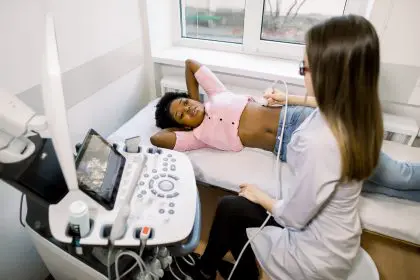A disturbing trend has emerged in American public health as the Centers for Disease Control and Prevention reveals a significant increase in stroke incidents among younger populations. The past decade has witnessed an approximate 15% rise in stroke risk among Americans under 65 marking a dramatic shift in what was traditionally considered an older person’s health concern.
This trend represents a fundamental change in stroke demographics with severe implications for public health planning and healthcare delivery. The increase correlates strongly with rising rates of obesity and type 2 diabetes among younger adults suggesting a complex interplay of lifestyle factors and health outcomes.
Understanding stroke mechanics and impact
A stroke occurs when blood flow to the brain is disrupted resulting in rapid cell death and potential long-term disability. Medical professionals categorize strokes into two primary types each requiring distinct treatment approaches and carrying different risk factors.
Ischemic strokes account for approximately 87% of all cases occurring when blood clots block vessels supplying the brain. Hemorrhagic strokes while less common prove more lethal involving bleeding within brain tissue. Both types require immediate medical intervention to prevent permanent damage.
Demographics of the rising crisis
The CDC’s comprehensive analysis reveals particularly troubling statistics among specific age groups. Adults between 18 and 44 years old have experienced a 14.6% increase in stroke incidence while those aged 45 to 64 show an even higher rise at 15.7%.
Native Hawaiian and Pacific Islander communities face the highest surge in stroke rates followed closely by Black Americans. These disparities highlight underlying issues in healthcare access preventive care and environmental factors affecting different ethnic groups across the United States.
Risk factors driving the increase
Modern lifestyle patterns contribute significantly to elevated stroke risk among younger Americans. Sedentary behaviors poor dietary choices and increased stress levels create perfect conditions for developing stroke risk factors. The prevalence of smoking and excessive alcohol consumption continues to compound these risks.
Chronic conditions such as hypertension high cholesterol and diabetes play crucial roles in stroke development. These conditions often result from a combination of genetic predisposition and lifestyle choices making them particularly challenging to address at a population level.
Prevention strategies and lifestyle modifications
While genetic factors remain beyond individual control numerous effective prevention strategies exist. Regular physical activity particularly 150 minutes of moderate exercise weekly significantly reduces stroke risk. A diet rich in fruits vegetables and whole grains while limiting processed foods and sodium intake provides additional protection.
Healthcare professionals emphasize the importance of regular medical check-ups and proper management of existing health conditions. Monitoring blood pressure cholesterol levels and blood sugar proves essential in preventing stroke occurrence especially among high-risk populations.
Emergency response and treatment windows
The effectiveness of stroke treatment depends heavily on rapid recognition and response. Medical interventions prove most successful when administered within the first few hours after symptom onset making immediate action crucial for optimal recovery outcomes.
Healthcare providers stress the importance of recognizing common stroke symptoms including sudden numbness or weakness especially on one side of the body confusion difficulty speaking and severe headache. Quick response to these warning signs can mean the difference between recovery and long-term disability.
Moving forward with awareness and prevention
Public health initiatives now focus increasingly on younger populations emphasizing early prevention and risk factor management. Educational programs target schools workplaces and community organizations to spread awareness about stroke risk factors and prevention strategies.
The healthcare community continues to adapt its approach incorporating new technologies and treatment methods while emphasizing the importance of preventive care. This evolving response to changing stroke demographics represents a critical step in addressing this growing public health concern.










